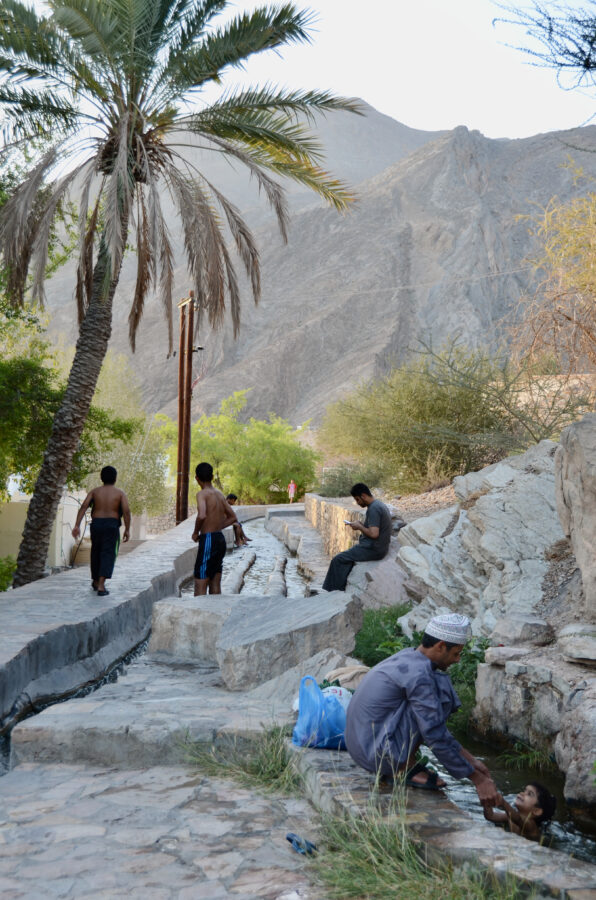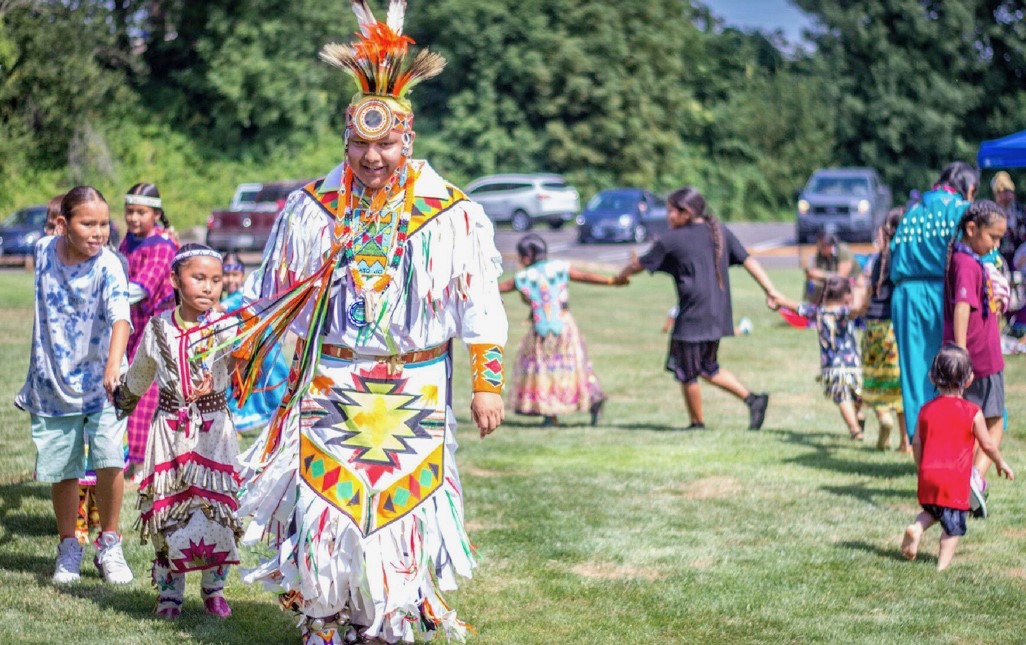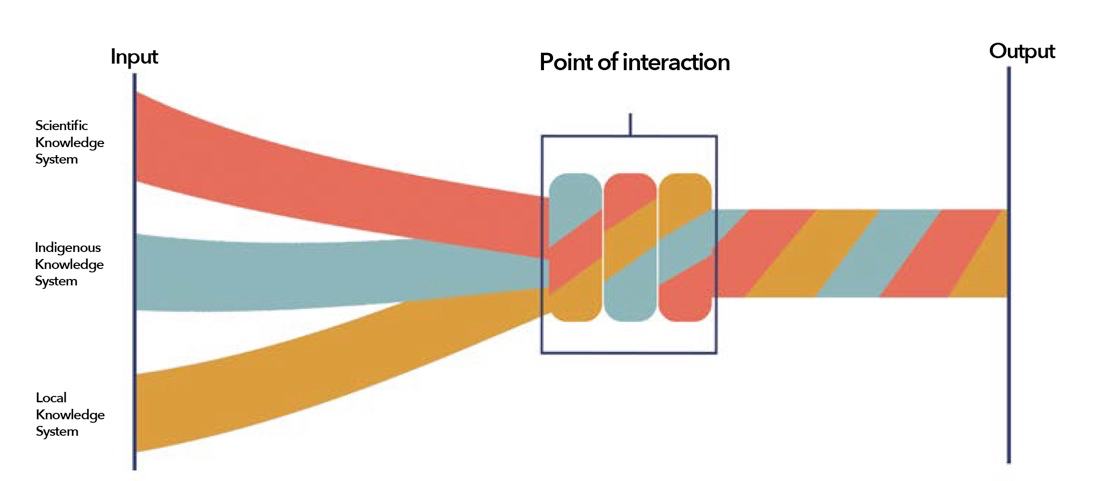Losses and damages caused by climate change to intangible cultural heritage such as Indigenous and local knowledge, and traditional agricultural practices have been vastly underestimated in discussions of Paris Agreement implementation. This needs to change.
A new IPCC (Intergovernmental Panel on Climate Change) report, published in the lead-up to COP27 and co-authored with UNESCO (United Nations Educational, Scientific and Cultural Organization) and ICOMOS (the International Council on Monuments and Sites) has highlighted for the first time in the science panel’s history, the vital importance of protecting cultural heritage in addressing climate change.
Cultural heritage impacts underestimated
The lack of attention cultural heritage has been given has resulted in a global imbalance in fully understanding the impacts of climate change. In turn, this has led to an incomplete understanding of non-economic losses and damages. Furthermore, climate responses, both practical and political, are viewed and acted upon through a cultural lense. The way in which people perceive, understand and react to climate impacts is modulated in complex ways by culture and heritage. Understanding what people value and prioritize in their own cultural contexts can be a powerful factor in designing and implementing effective strategies to rein in harmful heat-trapping emissions and help communities adapt to unavoidable impacts.
The IPCC found that the lack of a comprehensive and balanced understanding of cultural heritage in climate risk assessments has been exacerbated by an over-representation of built heritage and well-known sites in climate and heritage policy discusions. Heritage consists not just of tangible assets such as buildings, monuments, archaeological sites, art and museums, but also intangible heritage. This heritage, passed down and developed through generations over decades to millennia, can include practices, food traditions, languages, skills, ceremonies, artistic expression, cosmologies, identities and ways of knowing. Such intangible heritage often resides in communities that have historically been marginalized, discriminated against or actively persecuted – those that are also often the most vulnerable to climate change.
Traditional resilience practices of the past can strengthen resilience today
Much of this threatened and vulnerable intangible heritage offers opportunities for learning from climate adaptation in the past and increasing resilience in the future. For example, pastoral systems used by nomadic people in Africa, who follow or herd their livestock to suitable open grazing land, developed as effective responses to natural aridification of much of the continent thousands of years ago. Ancient water access and management practices have a great deal to contribute today too. Complex irrigation systems such as the acequia of Spain and New Mexico, the aflaj of Oman, and those in Peru’s Nor Yauyos Cochos preserve and Honghe Hani rice terraces in China’s Yunnan province have enabled dryland and mountain agriculture for centuries to millennia. In Nepal the system of underground piped water and public fountains (hiti) originating in the 6th century provide access to water for a large proportion of the population throughout the Kathmandu Valley.

The IPCC report centers the importance of acknowledging different ways of knowing and the diverse knowledge systems at play for understanding, measuring, monitoring and recording. Seasonal phenomena, for example are important for triggering or celebrating agricultural, fishing or hunting activities in many Indigenous peoples’ annual calendars, often accompanied by ceremonies. In Oregon, the Siletz people use the emergence of eel ants (flying termites) and other environmental signals to trigger their Pacific lamprey harvest and simultaneously the traditional eel dance. With changes in the climate, come changes in seasons, phenology (seasonal biological changes directly linked to climatic conditions), disconnection of historically-related ecological phenomena and alterations in species distribution. For Native Alaskan Iñupiat, bowhead whale-hunting and the spring whaling festival have been integral to community identity for thousands of years, but climate changes to the Arctic marine environment are threatening that.

Indigenous knowledge should be highly valued
Often Indigenous and local communities are the first to notice changes in ecological phenomena as their detailed traditional knowledge of local species interactions and weather have been built over many generations of observation and cultural interaction. The three primary types of knowledge – scientific, Indigenous and local – should not be merged into a single hybrid system, but should be used alongside one another in a “braided” system of knowledge to gain the full benefit of the different systems and perspectives.

Indigenous knowledge has too often been absorbed and integrated into science-based climate impact and adaptation strategies, without the full participation of the knowledge holders themselves. The same is true at the decision-making and political levels, where Indigenous and local communities have not had the platform to speak for themselves, rather than mediated through the voices of others. More often than not, they have not been provided access to decision-making and climate action planning, and adaptation plans are the poorer for it – missing key knowledge, insights and practice toolkits. Traditional knowledge has also been cherry-picked or appropriated and the IPCC makes clear that:
“When in pursuit of collaborative research/work between knowledge systems it is critical to be clear on data-sharing and benefit-sharing agreements so that IPRs (Intellectual Property Rights) are maintained, consent is transparent and groups (e.g. Indigenous people and local communities) are not disadvantaged in any way by giving or having their knowledge used, misused or abused”.
There are a growing number of examples of successful climate resilience projects where solutions have been co-created and are being jointly implemented by management agencies and Indigenous and local communities. In the Kakadu National Park World Heritage site in Australia’s Northern Territory, Aboriginal co-researchers and Indigenous rangers are working with the national science agency CSIRO, the park management board and other partners to improve decision-making for management of important species on Indigenous lands in a changing climate.
In California, efforts are underway with scientists and traditional knowledge holders to understand how Indigenous heritage developed over centuries in the management of oak forests, including sacred groves, as traditional fire and acorn collection and processing practices can underpin adaptive fire management strategies and resilience to drought in a rapidly changing climate.
L&D discussions must include intangible heritage
At COP27 and beyond, it is crucial that more attention is given to loss and damage (L&D) of intangible cultural heritage. Until now, because it cannot easily or effectively be given an economic value, cultural loss and damage has been largely ignored in political L&D discussions, which have overwhelmingly been centered on calls for direct climate financing to be provided by richer nations such as the US and Europe that have been historically responsible for most carbon emissions. Climate finance to help low income countries in the Global South to respond to worsening climatic conditions is critical. An analysis by the Heinrich Böll Foundation has advocated that by 2030, the richer nations should have developed mechanisms to contribute $150 billion to offset loss and damage in the Global South. Even this is a drop in the bucket. By 2050, the Böll Foundation analysis estimates losses and damages from climate change will reach at least $1 trillion-$1.8 trillion, and this is without putting any kind of value on the massive world-wide degradation to cultural heritage of all types.
At the very least, we need to create a new climate science research agenda for cultural heritage which centers Indigenous and local knowledge and resilience strategies based on traditional practices. We also urgently need to initiate discussions on the potential benefits of valuing intangible heritage in order to be able to better represent the true costs of loss and damage.
The new IPCC/UNESCO/ICOMOS report has highlighted the potential harm caused, especially to Indigenous people and historically marginalized communities, by underestimating climate impacts on cultural heritage and undervaluing non-scientific knowledge systems. It also demonstrates the resilience benefits that could be gained from redressing the balance. COP27 offers a turning point at which rich nations commit to providing adequate L&D financing, but also at which all countries move towards providing equal weight and attention to non-economic L&D, including intangible cultural heritage.

